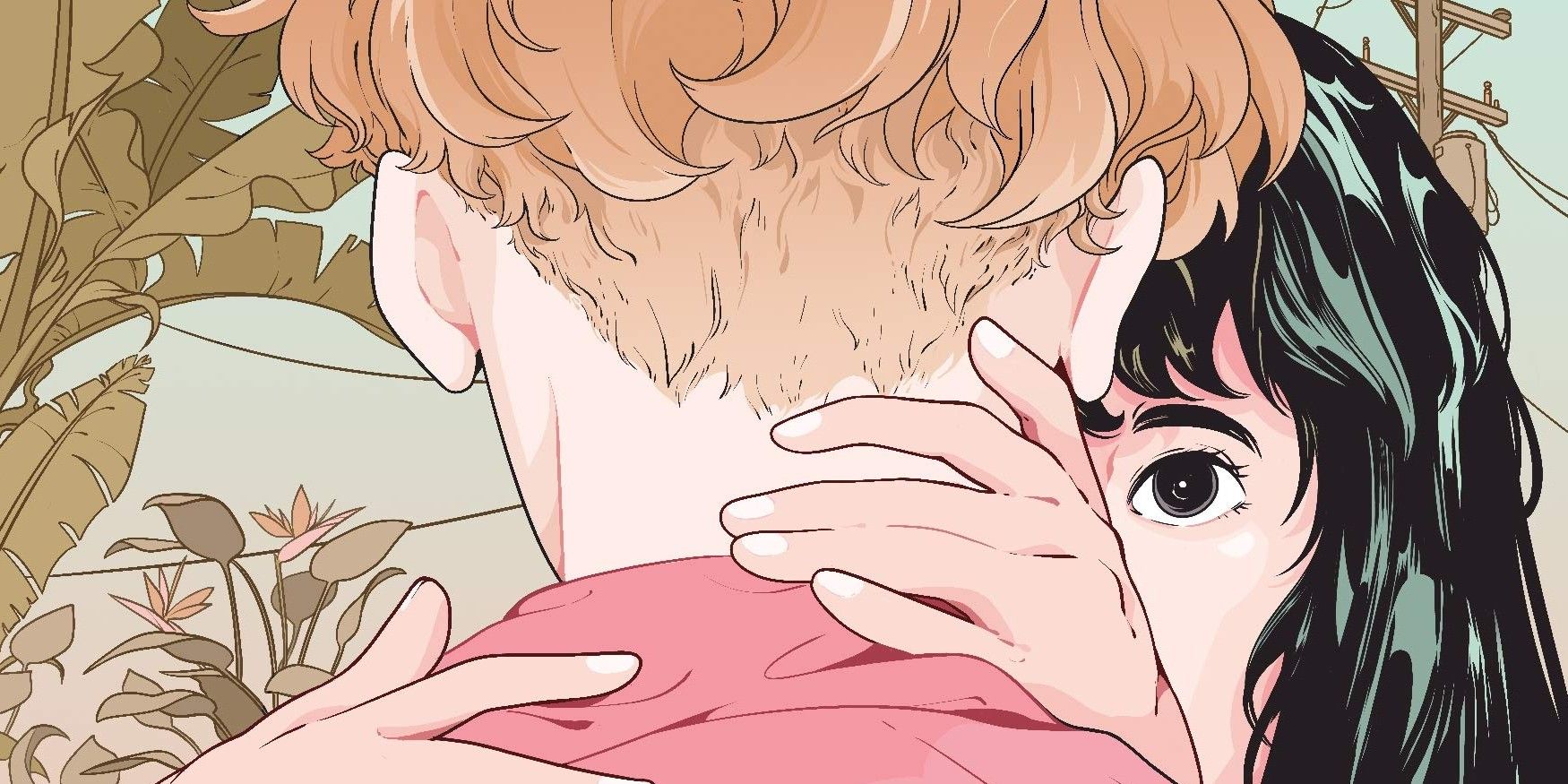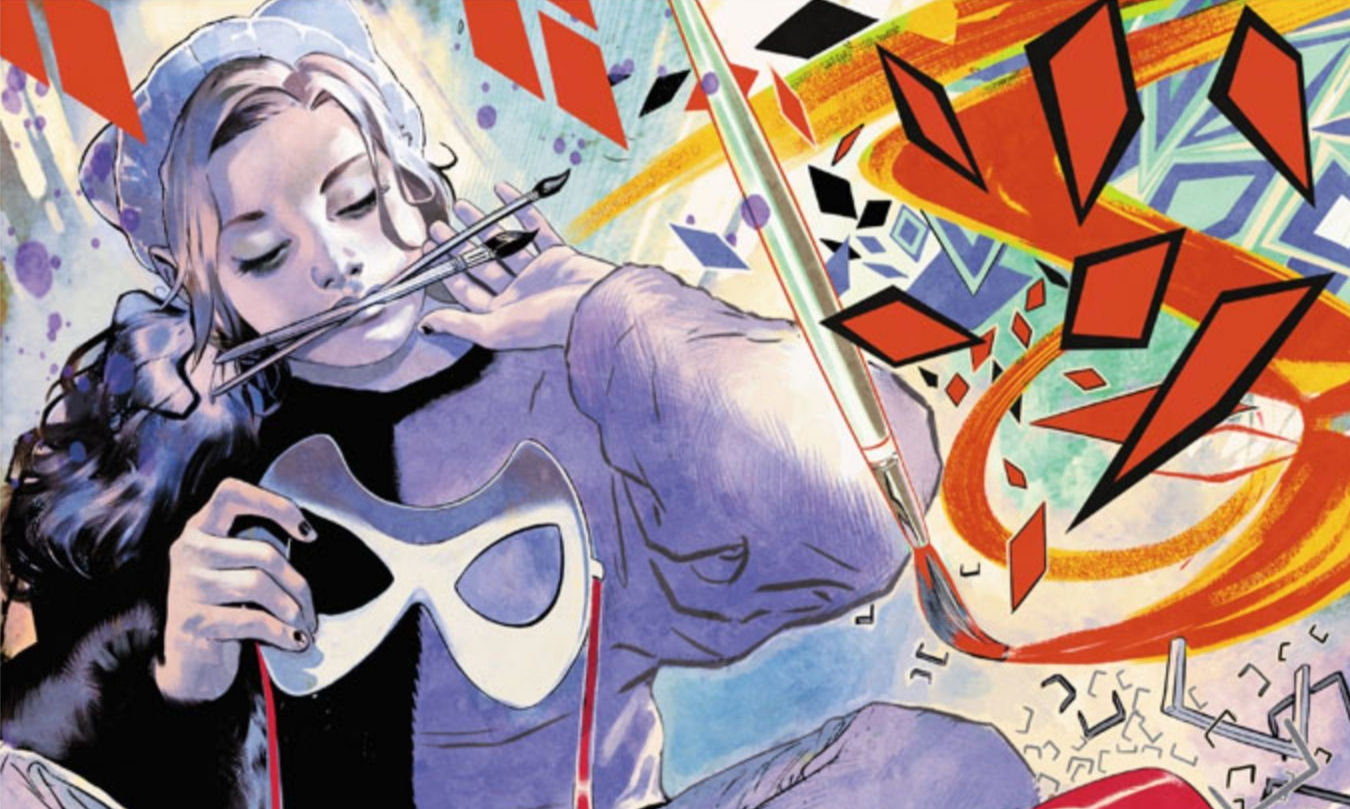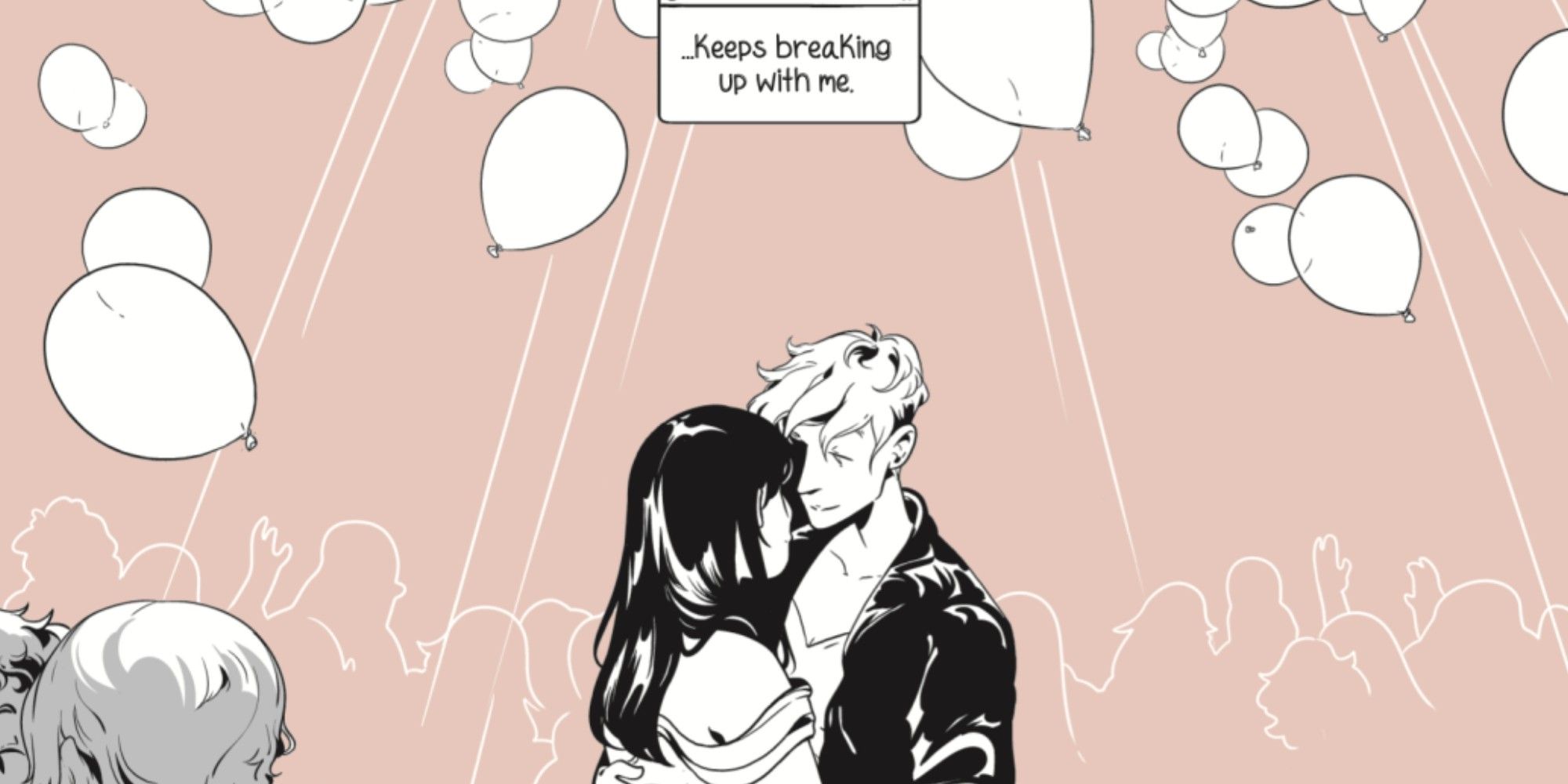Mariko Tamaki has been nominated for three 2020 Eisner Awards, which is just the latest in a long line of accolades for the prolific writer -- and each one is well-deserved. Her comics writing, as well as her fiction, speak to the current generation in a major way.
In addition to an Eisner nomination for Best Writer, Tamaki has two books up for Best Publication for Teens: Harley Quinn: Breaking Glass with art by Steve Pugh (DC) and Laura Dean Keeps Breaking Up with Me with art by Rosemary Valero-O'Connell (First Second). Additionally, both books received nominations for the 2020 GLAAD Media Awards.
Here's what's important about these graphic novels and how they showcase Tamaki's writing.
Harley Quinn: Breaking Glass
In Harley Quinn: Broken Glass, Tamaki imagines a new origin story for Harley Quinn. Told outside of the official DC continuity, Tamaki lets Harley be Harley early, without the tragic abuse from the Joker which has defined her character since her introduction. Central to this new origin story is Harley's relationship with Poison Ivy.
The two young women meet in high school. While this is not the typical setting setting for a superhero tale, it's fertile ground for Tamaki's voice. She celebrates the coming-of-age story. She peels back the layers of uncertainty that everyone feels in high school, but the story is especially interested in the outsider. Both Harley and Ivy cannot simply become another face in the yearbook; they are made of different stuff than that. They can't be seen that way by others and they can't see themselves that way, either. Something more is at work.
To be sure, Harley and Ivy are wise beyond their high school years, but what young adult doesn't believe themselves to be smarter than their age? No doubt the characters' maturity -- especially in their voices -- contributes to the popularity of the story. The women, too, address deeper issues than the typical high school concerns, though the sensibility of how the problems are handled includes the sensitivity of young adults -- especially young adults who've been pushed to the margins.
Laura Dean Keeps Breaking Up With Me
Laura Dean Keeps Breaking Up with Me is another coming-of-age story told in graphic form, but well-removed from superheroes and supervillains. This graphic novel is an honest look at teen relationships through a LGBTQ lens.
Interestingly, while Tamaki steers clear of the abusive relationship between Harley and Joker in Breaking Glass, an abusive relationship of sorts is front and center in Laura Dean. Main character Freddy tries and fails to keep her on-again, off-again girlfriend Laura from dumping her, only to be taken back by Laura whenever the mood strikes. The yo-yo-ing results in Freddy damaging her other relationships, including her closest friendships. The other characters deal with their own dramas, but Laura and Freddy remain central throughout. Their relationship is brutally unhealthy and glaringly real.
Tamaki's true gift is writing about the people who don't appear in comic books as often as others. Her books star or feature women, people of color and members of the LGBTQ community in a way that feels genuine. She depicts all of her characters as fully-fleshed people who have human stories that deserve to be told -- and to be read.
As important as it is for everyone to see themselves represented in media and stories, it's just as important for non-marginalized readers to seek understanding of others through these mediums. Young adult readers today are far more comfortable reading about others than the generations that preceded them. Perhaps that means good things for the future, when "kids these days" finally get to be in charge.
Tamaki is one of several writers whose work depicts a changing world in a way that is honest, digestible and evocative. Her work is important because it allows readers of all stripes to pick up and enjoy comics, even if superheroes aren't necessarily their thing.



